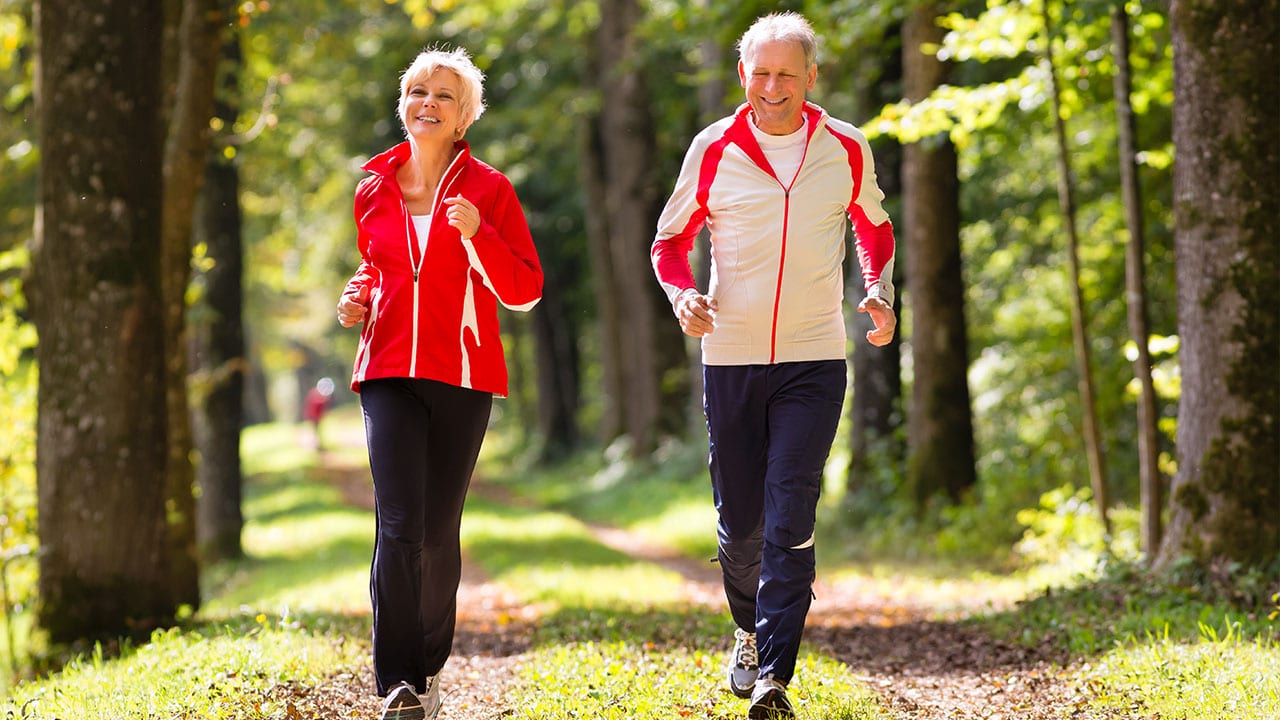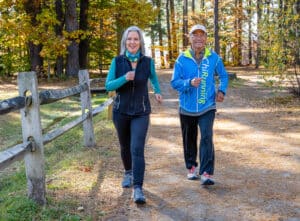I’ve been running since 1971. That was the year when this 21-year-old Colorado boy got drafted and sent away to boot camp in California. As I entered the Army I started running to maintain some semblance of sanity in a military world that was completely foreign to me.
Now, 48 years and running, and a hundred thousand miles later, I still rely on my running to smooth the edges of my busy business, travel, teaching and speaking schedule. It has never disappointed. Running is still key to my physical and mental health, and provides me with the energy to garden, kayak, cook and enjoy life to the fullest. 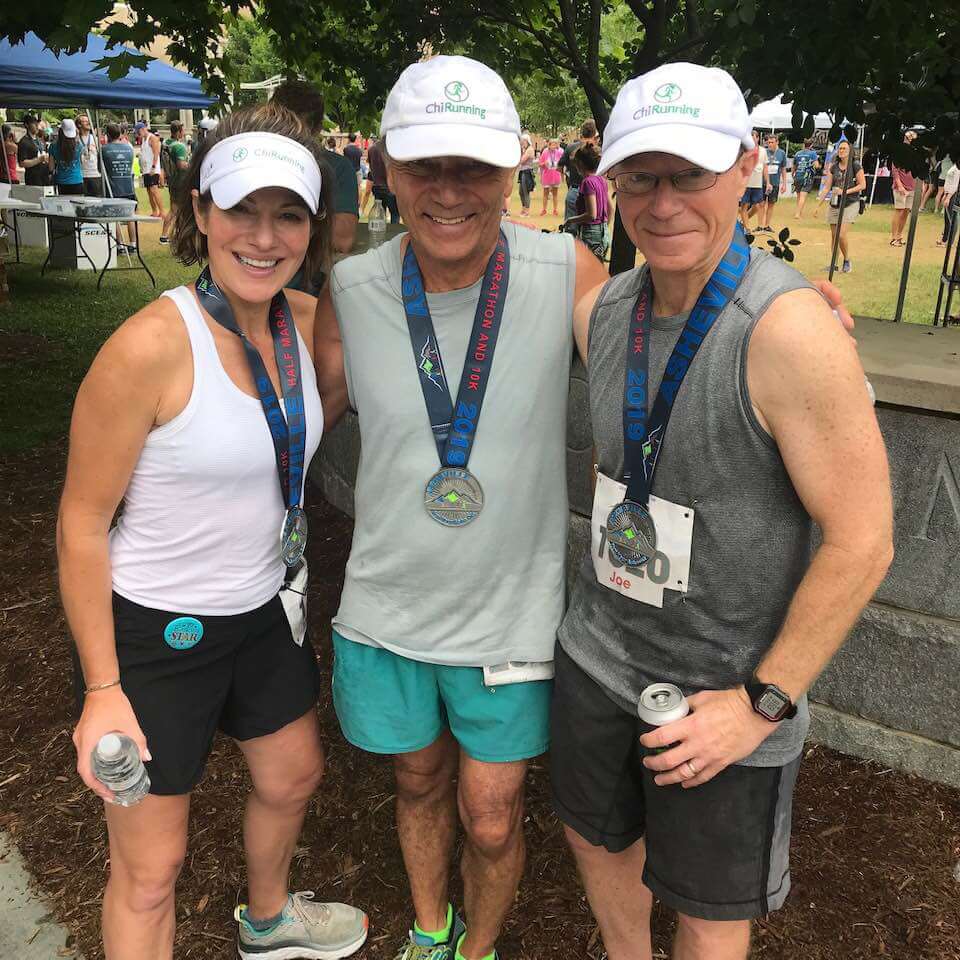
Through the decades I’ve witnessed my body change from being totally out of shape when I started running in my 20’s, to cruising along in my 30’s, to racing ultramarathons in my 40’s, to running full and half marathons in my 50’s and 60’s, and still with a lot of ease and enjoyment. I love to train for events and I still podium regularly in my age group, which has gotten pretty easy considering how few runners compete after turning 60. Many ChiRunners are running well into their 80’s.
Since my 40’s, the one thing that has been consistent is my use of technique to make running easier and healthier for my whole body.
The Benefits of Running as You Age
The risks of running are mitigated with good technique. The benefits out-weigh the risks by a long shot. Here’s the short list of great reasons to run after 60:
- Improves memory and brain function
Don’t lose your quick wit as you age! The more you exercise, the more “fit” your brain becomes, especially your memory centers. Even a single run can change the way your brain functions almost instantly.
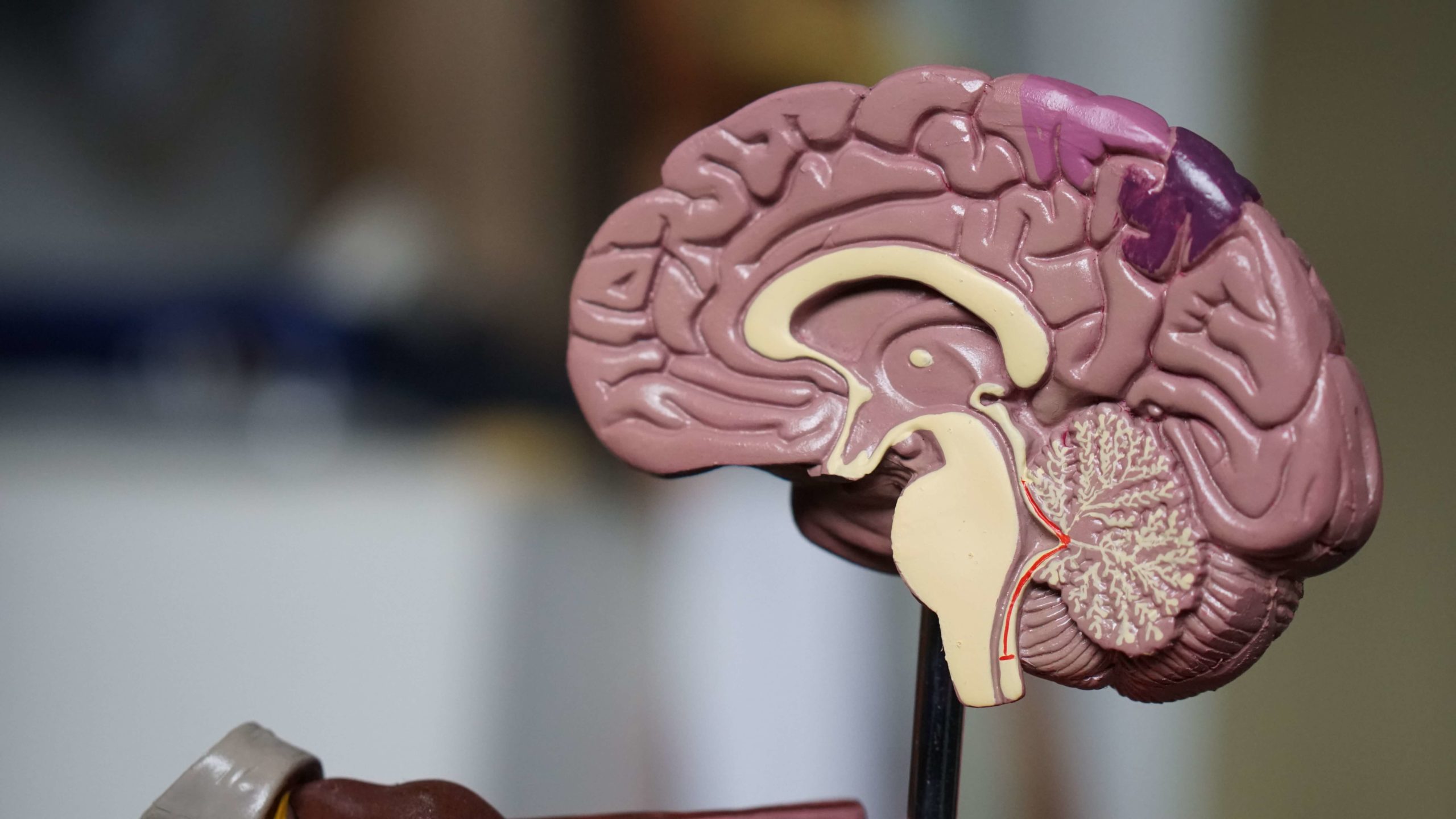
- Helps to prevent age-related muscle loss
Less physical activity is common among older people, which is the biggest contributing factor to deteriorating skeletal muscle. This leads to countless other health issues and, ultimately, the loss of independence as you age. Follow the old adage: “Use it or lose it!”
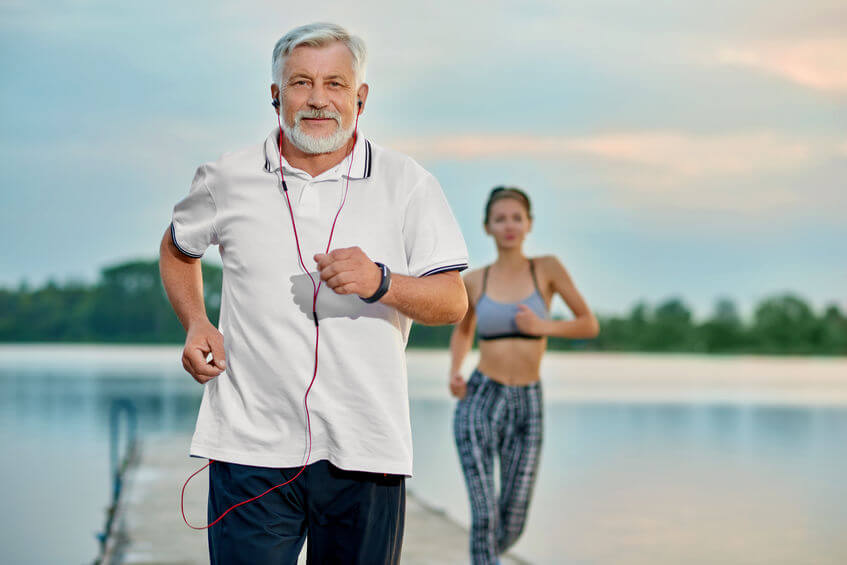
- Boosts your immune system
Not only does physical activity reduce chronic diseases as you age, but it also helps prevent viral and bacterial infections by boosting your immune system. As you age, so does your immune system, but frequent exercise can delay the aging process of your immune function too!
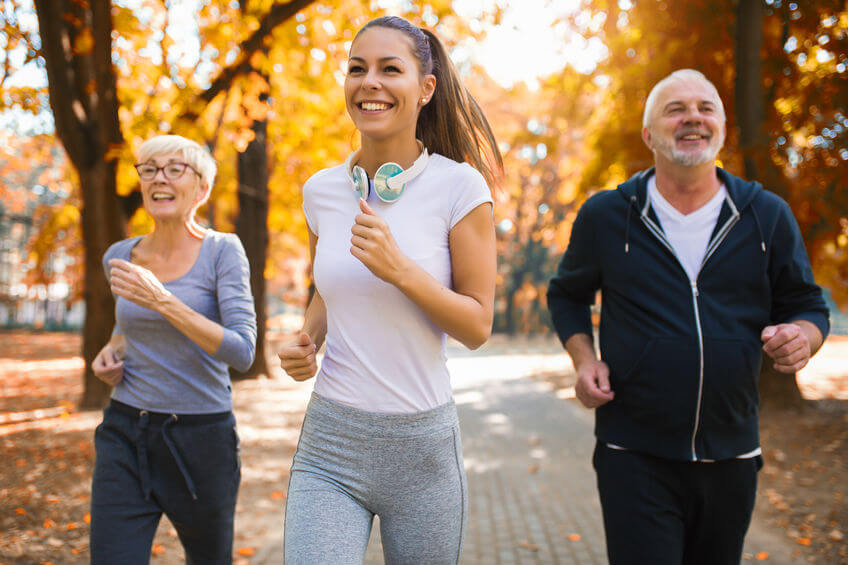
- Promotes good heart health
Aerobic exercise, like running, is the best thing you can do to strengthen your heart! The benefits don’t stop there: A healthy heart means better blood flow to all parts of your body.

- Helps to build stronger bones
In recent studies, high-impact endurance activities, like running, have outperformed resistance training when it comes to prevention of bone density loss. While it may see counterintuitive, the skeletal sites that receive stress from exercise, become stronger.
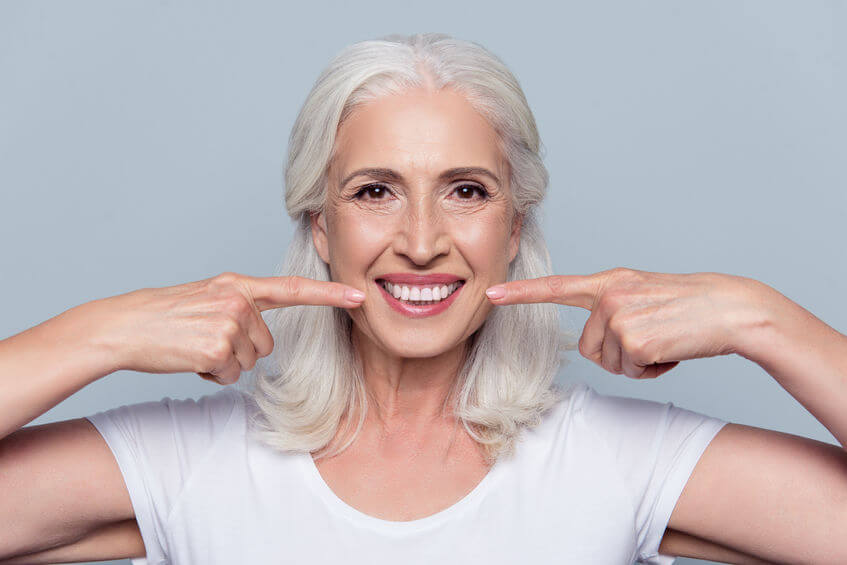
- Improves balance
ChiRunning is derived from T’ai Chi, a practice that’s proven to improve balance. The combination of the two is like being balanced in motion. Adults 60 and over begin to struggle with their balance, but the more you challenge it, the more you strengthen it!
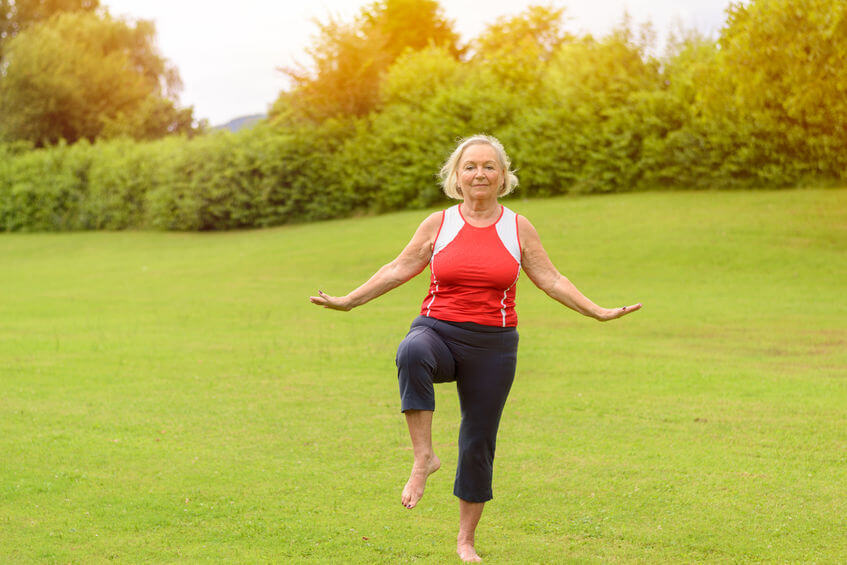
- Promotes healthy, happy knees
Many people think that running ruins your knees. New studies show that running can actually benefit these joints! Even better news: With ChiRunning, you actually take all the “heavy lifting” off your knees and take high-impact out of the equation.

Taking care of your brain, as well as your body, becomes even more important after 60 and can help slow the onset of Alzheimer’s and dementia.8 Brain health, along with your physical health, should be right on top of your to-do list as you age. The focuses of ChiRunning help develop new neural pathways between your brain and your body. In recent years neuroplasticity has been tied to aging. Neuroplasticity is the brain’s ability to adapt and organize around input from life. It is also the brain’s job to delete unused neural pathways that no longer serve. Promoting healthy new neural pathways is what ChiRunning provides through mindful movement.
How to Optimize Running in Your Sixties:
- Always work on running with good technique
Practicing good, efficient, low-impact running is the best replacement for dwindling muscle mass. Aging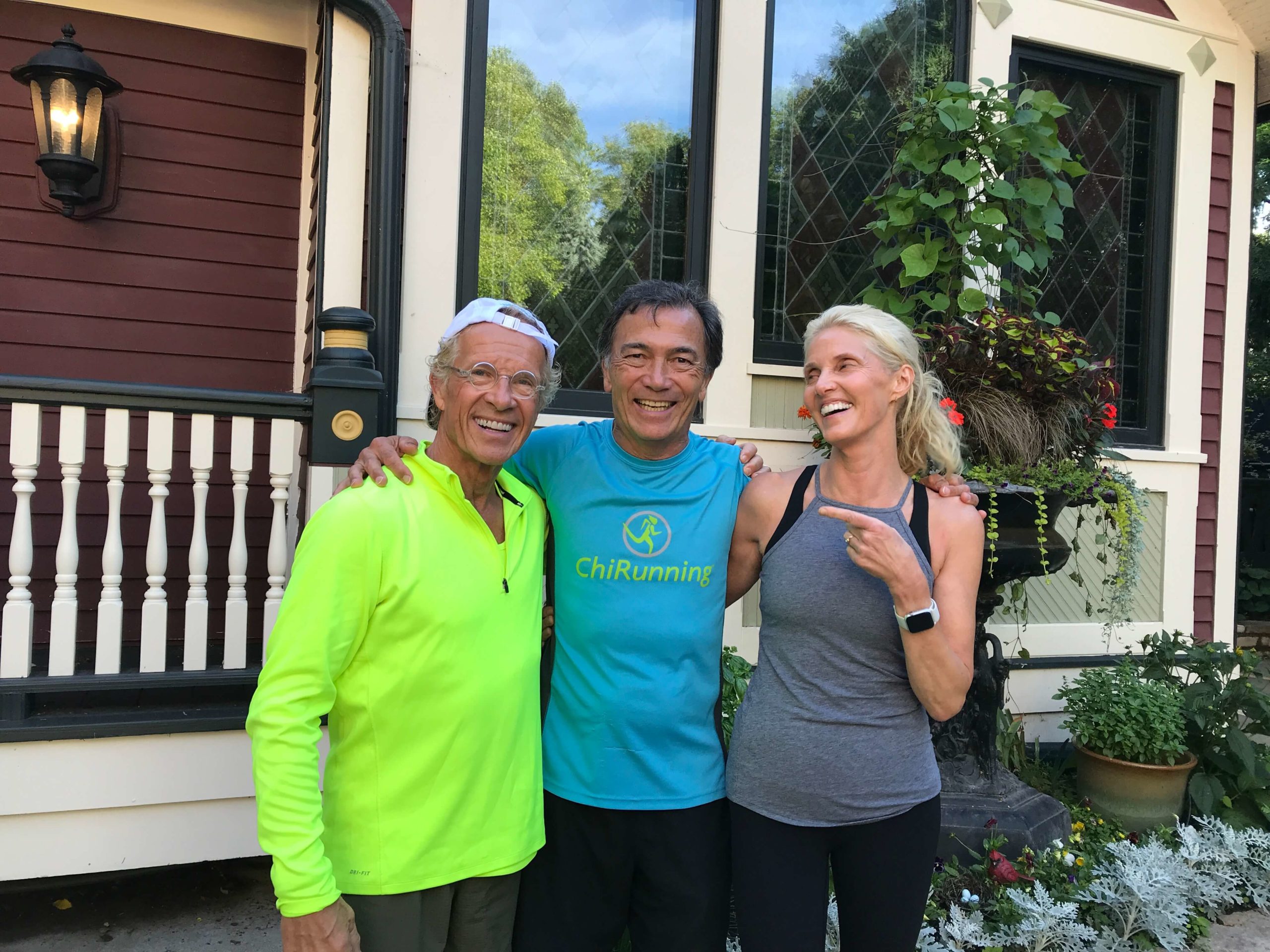 requires us to run with more finesse and less brute force. That finesse will come from focusing on being highly efficient in your running and walking regardless. Paying consistent attention to your technique will pay off in spades as you age.
requires us to run with more finesse and less brute force. That finesse will come from focusing on being highly efficient in your running and walking regardless. Paying consistent attention to your technique will pay off in spades as you age.
The ChiRunning technique strengthens your core, engages your mind¹, improves your heart health4, bone density5, balance6, and helps you get out the door on a regular basis to nourish body and soul.
- Adjust your ChiRunning form
- Always maintain proper postural alignment: Years of sitting at a desk, driving a car or poor postural habits can leave older folks (and even some younger ones) with too much curvature in their thoracic spine. You can address this by standing tall and counteracting the constant downward pull of gravity. Lifting at the crown of your head straightens your spine which supports your body (ChiRunning School Lesson #1) and helps you move in a more unified way. Having great posture can also make you feel lighter on your feet.
- Shorten your stride: This is the easiest thing to do whenever your legs or lungs are feeling stressed. It quickly lowers impact and makes it easier to manage your energy output when you’re on flat ground or going up hills.
- Relax and lengthen your stride on downhills: As you age, it’s crucial to maintain a good range of motion (ROM) in your joints, especially your hips and lower back. This is best done with one of my favorite ChiRunning skills: Passive Pelvic Rotation (ChiRunning School Lesson #17), for two reasons: 1.) To create a shock-absorbing effect, directing the impact away from my knees, hips and lower back. 2.) To maintain good ROM as I allow my hip flexors, quads, and lower legs to extend behind me with each stride.
- Learn active pelvic rotation: This is an advanced ChiRunning focus where your obliques drive your hips, which in turn drive your legs (ChiRunning School Lesson #22). The better you get at this valuable technique, the less you use your legs for propulsion, and the stronger your core feels. Balance and stability are the two most important benefits of engaging these deep core muscles. I use Active Pelvic Rotation running uphill… or if I want to sustain a faster pace on the flats.
- It’s okay to slow down
Actually, it’s not only okay, it’s the law. As we age, both men and women produce less testosterone, a key building block of muscle mass. This creates a natural slowing of the muscle synapses which in turn restricts your speed. I can’t avoid getting slower as I age but I have been able to slow down the rate at which I’m losing speed by doing strength training (resistance work) or short speed intervals. And, the slowing down process doesn’t have to begin as early as some people think. I hear 45-year-olds talking about their body slowing down. And there is truth in that. At 45 you’re no longer 25. But, we hear many, many stories of people getting faster from ChiRunning… at every age.
- Make running as easy as possible with run-walk intervals
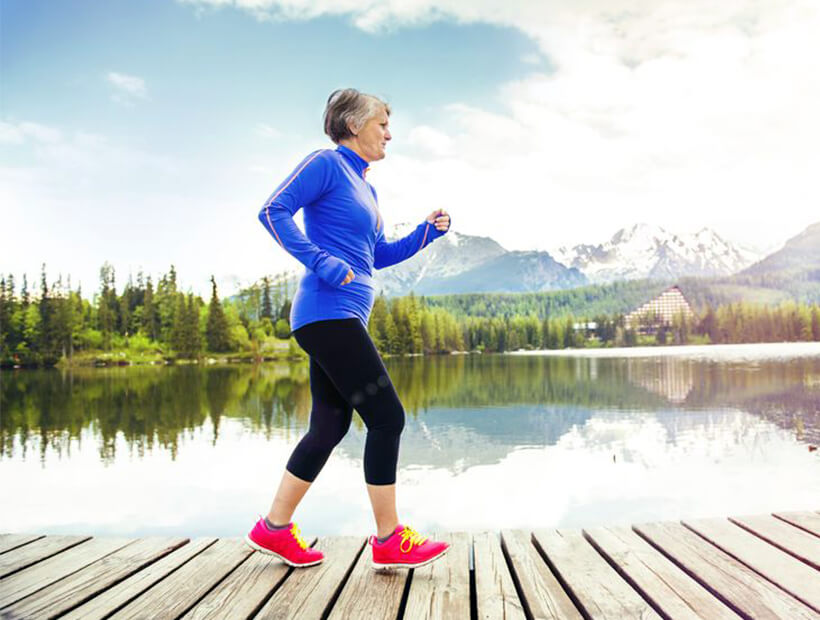
Run-walk as needed. Good technique and using our Chi Walk-Run technique means you can rest as needed. There’s no law that says you can’t stop and walk in the middle of a run. Walk when you feel you need to recover your breath, drink water or take a break. I really enjoy pausing in the midst of beautiful surroundings or expansive views. I put no pressure on myself to keep running at all costs, and I allow myself opportunities to give my body a reset by taking walking breaks.
Our ChiWalk-Run program is perfect for beginning runners (yes, even if you’re 60+ years old) and perfect for anyone who wants to continue to run but with more rest breaks. In the ChiWalk-Run program, you learn the keys to transitioning between walking and running by maintaining good technique in both. - Listen to your body without judgment
It’s a true act of surrender and acceptance to just “be with what is” in your running. Nothing is good or bad. It’s just information that needs to be responded to and learned from… nothing else. Always ask yourself, “What’s the best ChiRunning focus I can use right now, given my current challenge?” Keep a kind, appreciative attitude towards your body. It works wonders when you’re feeling challenged.
I see way too many people dropping out of running in their later years and there’s no need to if you practice good technique and allow your body to slow down a bit. You can’t stop the aging process, but you can slow it down by taking a positive and smart approach to being with what is.
Running after sixty can be less challenging than you’d think, and a fabulous, life-extending learning opportunity.
[thrive_leads id=’3982′]
¹Gretchen Reynolds, “How Exercise Affects Our Memory,” NY Times (blog), May 1, 2019, https://www.nytimes.com/2019/05/01/well/move/how-exercise-affects-our-memory.html.
²Jane E. Brody, “Preventing Muscle Loss as We Age,” NY Times (blog), September 3, 2018, https://www.nytimes.com/2018/09/03/well/live/preventing-muscle-loss-among-the-elderly.html.
³John P. Campbell and James E. Turner, “Debunking the Myth of Exercise-Induced Immune Suppression: Redefining the Impact of Exercise on Immunological Health Across the Lifespan,” Frontiers in Immunology (review article), April 16, 2018, https://www.frontiersin.org/articles/10.3389/fimmu.2018.00648/full.
4Mayo Clinic Staff, “Aerobic Exercise: Top 10 Reasons to Get Physical,” Mayo Clinic (blog), December 14, 2018, https://www.mayoclinic.org/healthy-lifestyle/fitness/in-depth/aerobic-exercise/art-20045541.
5University of Missouri, “Building Strong Bones: Running May Provide More Benefits Than Resistance Training, Study Finds,” Science Daily (blog), March 9, 2009, https://www.sciencedaily.com/releases/2009/02/090227080005.htm.
6Sarah Mahoney, “8 Simple Ways to Improve Your Balance,” Prevention (blog), December 20, 2018, https://www.prevention.com/fitness/a20443104/6-ways-to-improve-your-balance/.
7Gretchen Reynolds, “Running May Be Good for Your Knees,” NY Times (blog), January 18, 2017, https://www.nytimes.com/2017/01/18/well/move/running-may-be-good-for-your-knees.html.
8Jonathan Graff-Radford M.D., “Alzheimer’s Disease: Can exercise prevent memory loss?” Mayo Clinic (blog), April 20, 2019, https://www.mayoclinic.org/diseases-conditions/alzheimers-disease/expert-answers/alzheimers-disease/faq-20057881.


